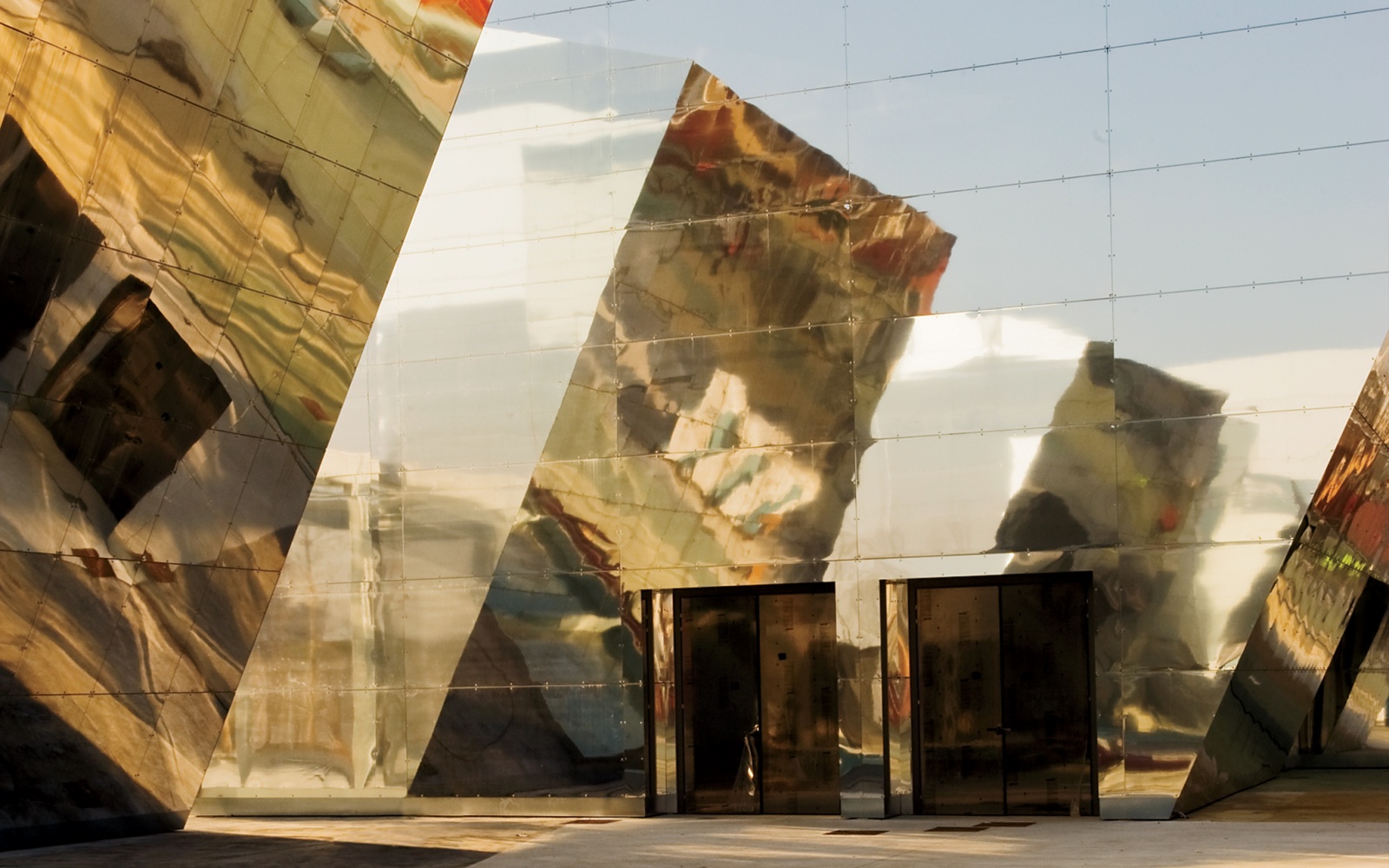
High-profile events, headline-grabbing starchitecture, new hotels—the city is at last taking center stage.
Italy’s fashion capital is often billed as an industry town, without the broad appeal of Rome or Florence. But this year it’s breaking out as a destination in its own right. Kicking it off is Expo Milano 2015, which will bring an expected 20 million visitors to the city from May 1 to October 31.
At the Expo—a 490-acre mini-city in the suburb of Rho Pero, complete with a lake and an open-air theater—145 countries will explore themes on food and sustainability in a series of dramatic purpose-built pavilions. Foster & Partners’ canyon-like structure for the United Arab Emirates, with its rippling 40-foot walls evoking sand dunes, details how aqueducts can support life in the desert. Inside Daniel Libeskind’s red, metalized-tile edifice for Chinese real estate giant Vanke is an interpretation of a traditional shitang, or dining hall.
The United States’ exhibition includes a rooftop café, food-truck park, and 7,200-square-foot vertical farm. Concurrently, celebrity chefs like Tom Colicchio and Rick Bayless are headlining a pop-up James Beard American Restaurant in central Milan.
In anticipation of the tourism boom inspired by the Expo, the iconic La Scala opera house is forgoing its annual summer break to put on Tosca and La Bohème. Those visitors will also find several new art spaces. David Chipperfield has completed a 15-year transformation of the former Ansaldo steelworks in the up-and-coming Tortona district into the Museum of Cultures. A volcanic-rock staircase leads to a soaring, light-filled atrium. Boxy annexes, coated in zinc, display exhibitions focused on non-European civilizations.
Not to be outdone, two of Milan’s fashion houses are unveiling public art centers. Giorgio Armani repurposed an old Nestlé factory in Tortona into the Armani/Silos, showcasing sketches, photographs, and apparel from the company’s archives. And Prada’s cultural arm, the Fondazione Prada, is moving to a new campus in Porta Romana on the site of an early-20th-century distillery that features three contemporary buildings by Rem Koolhaas and a street-level bar designed by Wes Anderson. The Expo may be over by November, but its impact will be felt for years to come.
Convinced? Onward, to the go-to list of new high-end hotels in Milan.